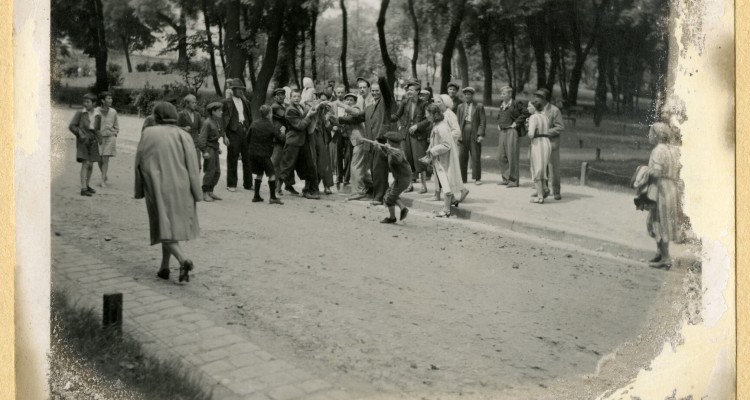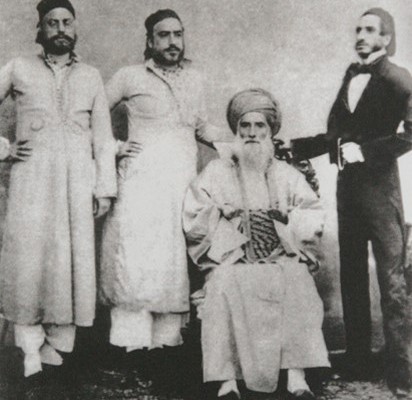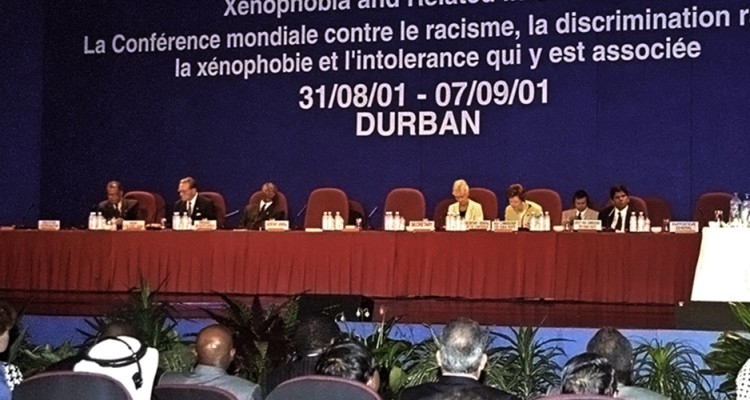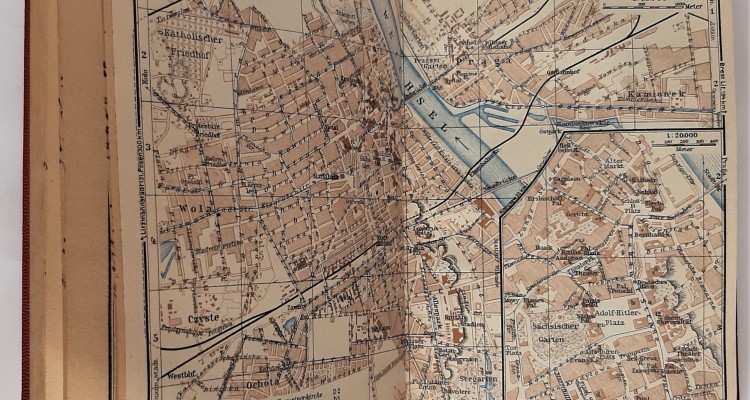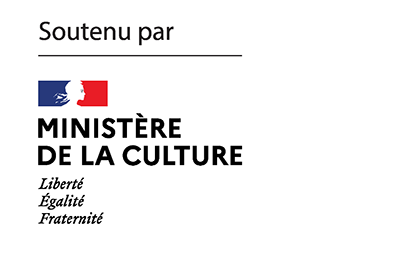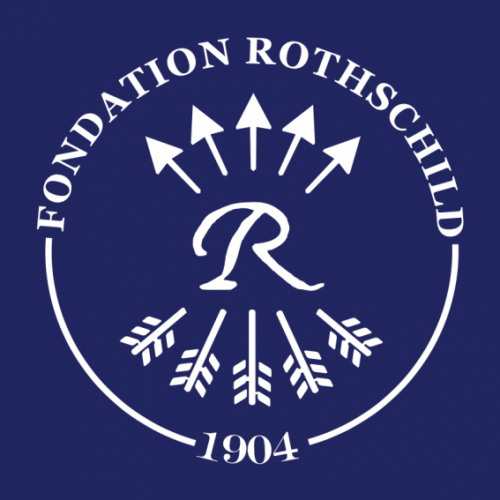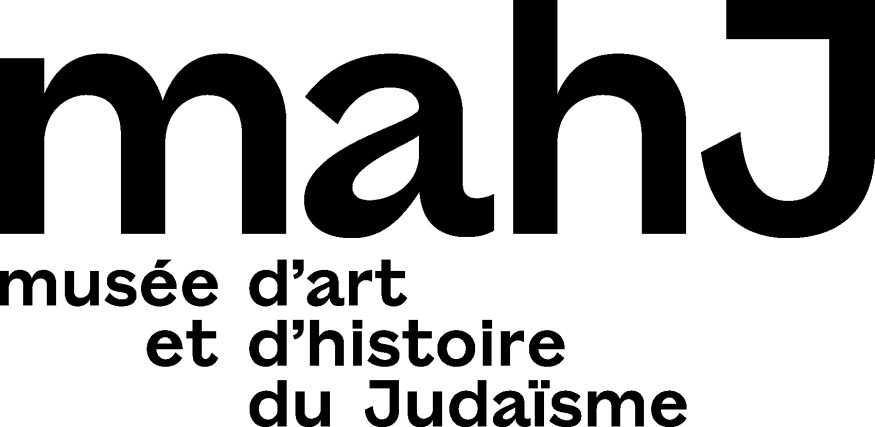History
Between 2009 and 2020, Marie Moutier-Bitan made around 25 trips to the former territories of the Soviet Union with the Yahad-in Unum association. Her fieldwork focused in particular on Eastern Galicia, now Western Ukraine, where the author of Le Pacte Antisémite (untranslated from French) attempted to identify the mechanisms that led to the extermination of the Jews in this region, transforming, in the space of a few weeks, the Jews into victims and their neighbours into executioners.
Historians Shira Klein and Jan Grabowski have published an important article on the distortions of the history of the Holocaust – particularly in Poland – present on a large number of Wikipedia pages. They analyze the practices of certain Wikipedians, those volunteers who contribute to the editing of the open encyclopedia, who aim to minimize, omit or even deny a series of historical facts; in particular those that affect the image of a victimized and heroic Poland, with a large number of Righteous who saved Jews during the war.
Each week this summer, K. brings you a selection of four pieces of content that have already appeared in our pages, but which have been brought together for the occasion around a few key themes. This week: Ukraine and Russia in three texts by Yeshaya Dalsace, Ivan Segré, Boris Czerny and an interview with the Chief Rabbi of Moscow in exile, Pinchas Goldschmidt.
Each week this summer, K. brings you a selection of four articles that have already appeared in our pages, but which have been brought together for the occasion around a few key themes. This week: a feature on Germany, with articles and reports by Julia Christ, Lisa Vapné, Constantin Goschler and Barbara Honigmann.
The Sassoons proclaimed themselves descendants of King David, were described as the “Rothschilds of the East” and spoke both Judeo-Arabic and Hindustani before converting to the English language. Mitchell Abidor, who visited the exhibition ” The Sassoons “, currently on show at the Jewish Museum in New York, tells us their story.
The Jewish community of Rhodes did not survive the Shoah. Most of the Rhodesians rounded up by the Nazis on 23 July 1944 for deportation died on the way or were murdered on arrival at Auschwitz-Birkenau. There are few traces left of the former Jewish presence in Rhodes today. But it is these traces that interest historian Dario Miccoli. Here he shares his impressions of his recent stay on the island and his desire to reinvest local Jewish history in order to think about its contemporary challenges.
Often, I look at the class photo. Each time, I catch myself tracking down the tiny clues that foreshadowed the destinies: the Michael Jordan cap of one, the dissimulation of another, the absent air of this one, the coquetry of that one, a mischievous smile, a false air of self-confidence. For a long time this photo remained my social compass, the measuring instrument of my inner geometry, the one by which I evaluated the distance that separated me from each of my classmates. Each of us has gone our own way, the group has broken up and that’s good. I am no longer the center of the group, I am my own center.”
The antizionism that dominated the 2001 UN “World Conference against Racism” was neither a completely “new antisemitism” nor was it simply the latest manifestation of an ahistorical and eternal phenomenon. During the peace process in the late 80s and 90s, the intensifying focus on Israel as a key symbol of all that was bad in the world had been in remission, but at Durban, the 1970s “Zionism=Racism” culture returned…
In 1943, a Baedeker on the General Government of Poland was published. The famous tourist guide offered Germans a tour of the Polish outpost of the Eastern living space – also referred to by the Nazis as “Wilder Osten”, or the Wild East. Carol Fily immersed herself for K. in the book, which was designed at the time under the patronage of Hans Frank, the Governor General of Poland during the war.
Join us
With the support of:
Thanks to the Paris office of the Heinrich Böll Foundation for their cooperation in the design of the magazine’s website.
